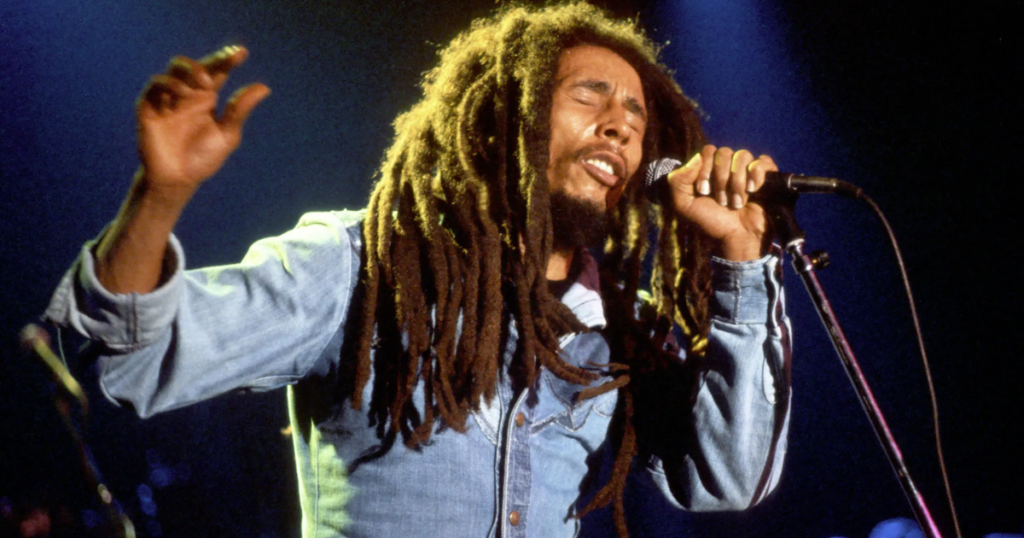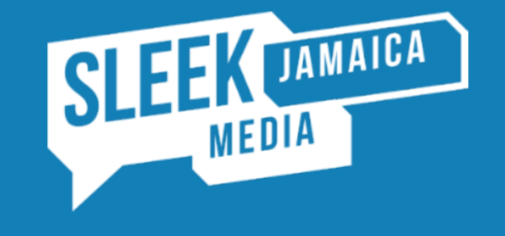Jamaica possesses one of the most diverse and creative music landscape on the planet, with at least five main genres emerging over the years and several sub-genres making their way in recent times. Given the ever-changing sound of Jamaican music, we look at it’s evolution.
Mento
Mento, a traditional Jamaican folk music seen as the original form of pop music from the island, was created during the 1950s with elements of African music fused with European storytelling.
Notable mento performers: Denzil Laing and The Jolly Boys
Ska
Ska, another forerunner of reggae music, gained popularity as a genre in the 1960s courtesy of the late Don Drummond and the Skatalites. Ska sounds like uptempo reggae and combines mento, calypso and other blends such as blues and hard-bop jazz.
Notable ska performers: Desmond Dekker, Duke Reid and Prince Buster
Popular songs of the ska era included Count Ossie’s ‘Oh Carolina’ and Millie Small’s, ‘My Boy Lollipop’.
Rocksteady
Rocksteady, which is seen as the slower version of Ska, with elements of early R&B and the Mento, allowed musicians to experiment with more complicated melodies. With the introduction of more electronic instruments, horns were replaced by guitars, and the bass line became more complex and more melodic.
The transition from Ska and Rocksteady was popularly known as the ‘Rudie’ period. The songs of this period addressed the criminality of the ghetto. Songs like ‘Rude Boy’ and ‘Rudie in Court’, were among the notable releases in that period.
Notable rocksteady performers: Alton Ellis, Ken Boothe, Harry J
Reggae Music
The 1970s saw the emergence of Reggae music, with its base heavy, slower, groovier melodic vibe taking over from rock steady as the dominant music style.
In addition to its addictive feel-good vibe, messages about social commentary and human rights, among other topics, made the music a more personal genre as it continued its rise with the likes of Bob Marley and the Wailers, Black Uhuru and others, as the Universal message for love and peace
Dancehall
The late 1980s saw the emergence of dancehall music, as the production of sounds became more digital, growing into a more uptempo and unique style from the popular Reggae.
Persons would ‘toast or deejay’ over these instrumentals, referred to as “versions” played on sound systems to crowds at dances, which eventually grew in notoriety, birthing what is now known as Dancehall.
Names such as Yellow Man, Sugar Minott and Super Beagle are among the pioneers who helped to shape the course of the music.
The rise of experimentation of sounds from other genres and electronic themes in modern dancehall has seen a new wave in the music, such as rap-styled and country-themed tracks.
These infused tracks are now gradually breaking through on the trending sound.




